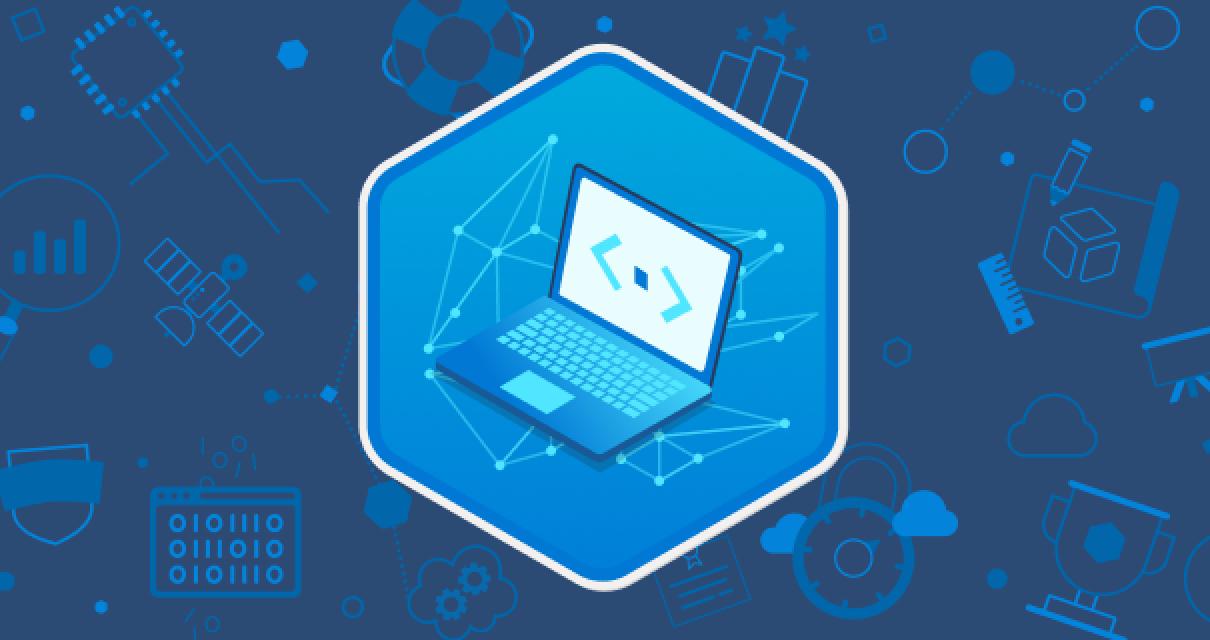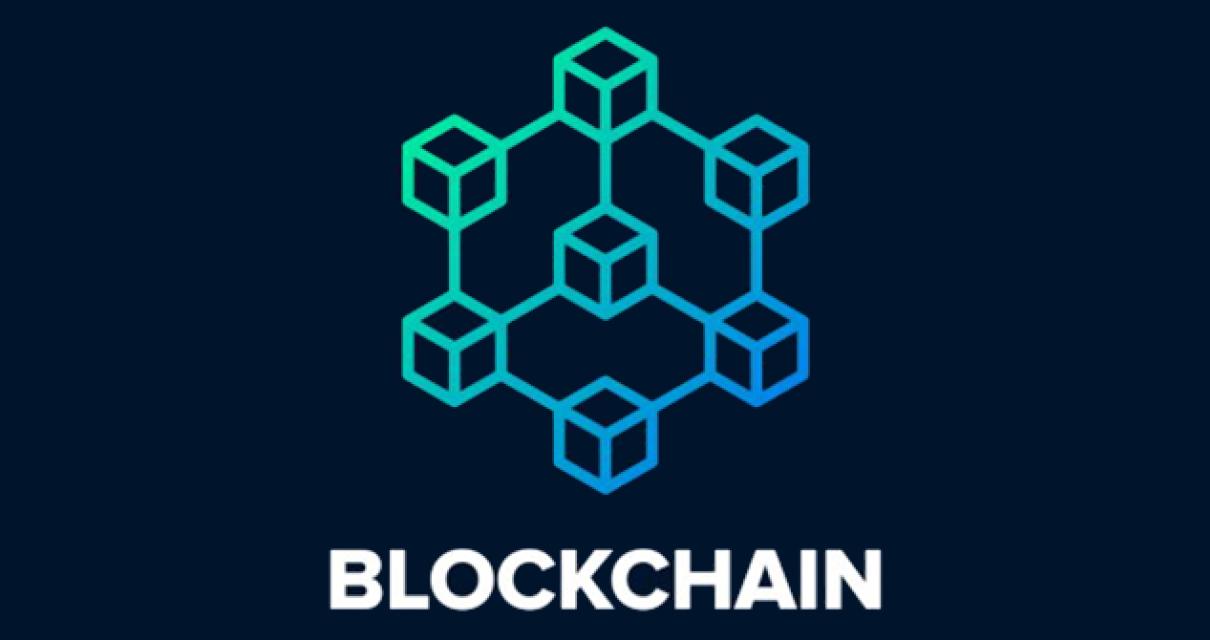What is blockchain development?
Blockchain development is the process of building and deploying decentralized applications using blockchain technology. Blockchain development typically involves creating a blockchain platform, developing decentralized applications on top of it, and deploying the platform to a network of nodes.
The basics of blockchain development
Blockchain technology is a distributed ledger that can be used to create a tamper-proof record of transactions. It was first proposed by Satoshi Nakamoto in 2008 and has since been developed into a powerful tool for digital transactions.
A blockchain is created when a network of computers share a common set of data, called blocks. Each block contains a timestamp and a link to the previous block, creating a chain of blocks. This chain of blocks is constantly growing as more computers join the network and share the data.
To use blockchain technology, a user first creates a digital wallet, which acts as a personal access point to the blockchain. This wallet contains a unique set of identifying information, such as a user’s name and email address. The user then sends digital currency (usually bitcoin) to the wallet, which is then used to purchase goods or services from vendors on the blockchain.
The benefits of blockchain technology include:
-Reduced transaction times: Transactions can be processed quickly and securely on a blockchain network because the data is stored in a decentralized fashion.
-Security: Because the data is stored on a blockchain network, it is difficult for hackers to tamper with or corrupt the records.
-Immutability: Once a block of data has been added to the blockchain, it cannot be changed or deleted. This makes the data tamper-proof and ensures that all transactions are accurate.
The benefits of blockchain development
There are many potential benefits of blockchain development, including:
• Reduced costs and time delays: With blockchain technology, transactions can be processed and completed in a much faster and more efficient manner than traditional systems.
• Increased security: Because blockchain is decentralized, it is difficult for hackers to steal data or tamper with records.
• Increased transparency: Because blockchain is a digital ledger, everyone involved in a transaction can see it in real time. This increases trust and confidence between parties involved in a transaction.
• Increased efficiency: With blockchain technology, transactions can be conducted without the need for intermediaries or third-party verification. This can result in significant cost savings for businesses.
The challenges of blockchain development
There are a number of challenges associated with blockchain development, including scalability and security. Scalability is a major issue because blockchain networks are designed to handle a high number of transactions per second. However, current blockchain networks are not able to handle large volumes of transactions. Security is also a challenge because blockchain networks are not centralized and are instead distributed across a network of nodes. This makes it difficult for attackers to steal or corrupt data.

The future of blockchain development
The future of blockchain development looks bright. There are many different applications being developed on the blockchain, and this trend is only going to continue. Developers are constantly finding new ways to use the blockchain technology, and this is only going to increase in the future.
There are a number of reasons why the future of blockchain development looks so promising. First of all, the blockchain is an incredibly secure platform. This is because it is based on cryptography, which is a very secure form of data security. Furthermore, the blockchain is decentralized, which means that it is not subject to the control of any single institution or individual. This makes it a very strong platform for financial transactions and other sensitive activities.
Another reason why the future of blockchain development looks so promising is because it is being adopted by a wide range of industries. This includes the financial sector, the technology sector, and the entertainment sector. In fact, there are already a number of commercial applications available on the blockchain, and this number is only going to increase in the future.
Overall, the future of blockchain development looks very promising. There are many different applications being developed on the blockchain, and this trend is only going to continue. Developers are constantly finding new ways to use the blockchain technology, and this is only going to increase in the future.
The need for blockchain developers
A blockchain developer is someone who creates and maintains the technology underpinning a blockchain network. They might be responsible for developing the underlying code or algorithms, as well as ensuring that the network runs smoothly.
It's important to note that not everyone with this skillset will be able to work with blockchain technology. You'll need to have a good understanding of cryptography and distributed systems in order to be a successful blockchain developer.
Some of the most in-demand blockchain developers work for companies such as IBM, Microsoft, and Amazon. These companies are constantly searching for talented developers to help them build the next generation of blockchain technology.
The skills required for blockchain development
There is no set skill set that is required for blockchain development, as the skills required will vary depending on the project. However, some common skills that are often required for blockchain development include programming, design, and networking.

The rising popularity of blockchain development
has led to a number of companies and startups that are looking to build their own blockchain networks. However, developing a blockchain network is not a simple task and requires a lot of expertise. In this article, we will walk you through the steps involved in building a blockchain network.
Step 1: Understanding the Blockchain Network Architecture
The first step in building a blockchain network is understanding the network architecture. A blockchain network is a distributed ledger system that allows users to create and exchange digital assets. To create a blockchain network, you first need to create a blockchain. A blockchain is a collection of data blocks that are linked together using cryptography.
A blockchain network consists of nodes. A node is a computer that participates in the blockchain network and shares the same copy of the blockchain. Nodes are connected to each other using a peer-to-peer network. Each node is responsible for verifying the transactions that occur on the blockchain network.
Step 2: Creating the Blockchain
To create a blockchain, you first need to create a blockchain application. A blockchain application is a program that contains the code for creating a blockchain. To create a blockchain application, you first need to create a blockchain database. A blockchain database is a collection of data blocks that are used to store the information about the blockchain application.
To create a blockchain database, you first need to create a blockchain database application. A blockchain database application is a program that contains the code for creating a blockchain database. To create a blockchain database application, you first need to create a blockchain database. A blockchain database application is a program that contains the code for creating a blockchain database.
To create a blockchain database application, you first need to create a blockchain database. A blockchain database application is a program that contains the code for creating a blockchain database. To create a blockchain database application, you first need to create a blockchain database. A blockchain database application is a program that contains the code for creating a blockchain database.
To create a blockchain database application, you first need to create a blockchain database. A blockchain database application is a program that contains the code for creating a blockchain database. To create a blockchain database application, you first need to create a blockchain database. A blockchain database application is a program that contains the code for creating a blockchain database.
Step 3: Creating the Blockchain Network
To create a blockchain network, you first need to create a blockchain network application. A blockchain network application is a program that contains the code for creating a blockchain network. To create a blockchain network application, you first need to create a blockchain network. A blockchain network application is a program that contains the code for creating a blockchain network.
To create a blockchain network application, you first need to create a blockchain network. A blockchain network application is a program that contains the code for creating a blockchain network. To create a blockchain network application, you first need to create a blockchain network. A blockchain network application is a program that contains the code for creating a blockchain network.
To create a blockchain network application, you first need to create a blockchain network. A blockchain network application is a program that contains the code for creating a blockchain network. To create a blockchain network application, you first need to create a blockchain network. A blockchain network application is a program that contains the code for creating a blockchain network.
The potential of blockchain development
There are many potential applications of blockchain technology, including but not limited to:
1. Payments: The technology could be used to securely and transparently process payments between parties.
2. Asset management: Blockchain could be used to manage assets, such as property or securities, more efficiently and transparently.
3. Identity management: The technology could be used to secure and verify the identities of individuals, which could help to reduce fraud and identity theft.
4. Records management: The technology could be used to manage records, such as medical records or financial records, more securely and transparently.
5. Voting: The technology could be used to securely and transparently vote on matters of public importance.
Why blockchain development is important
Blockchain development is important for a number of reasons. First, it helps to ensure that transactions are secure and tamper-proof. Second, it lowers the cost and time necessary to conduct transactions. Finally, it allows for more efficient and transparent systems for exchanging information.